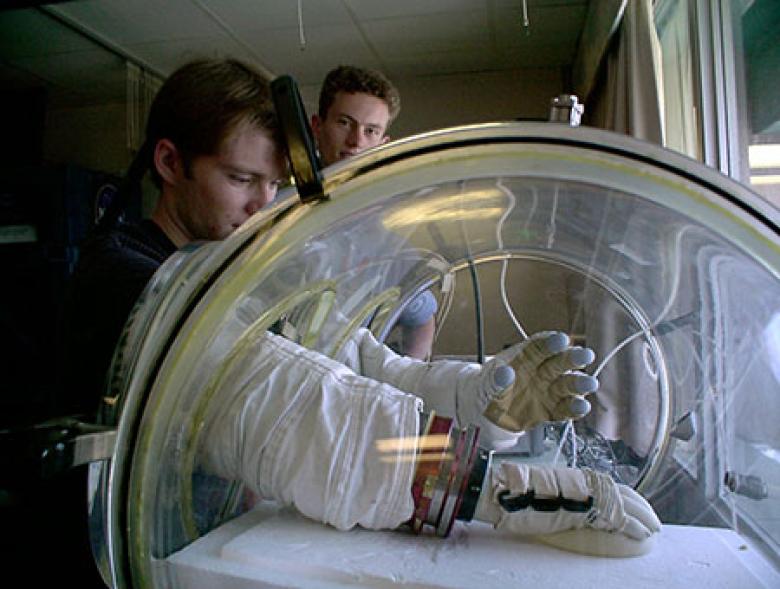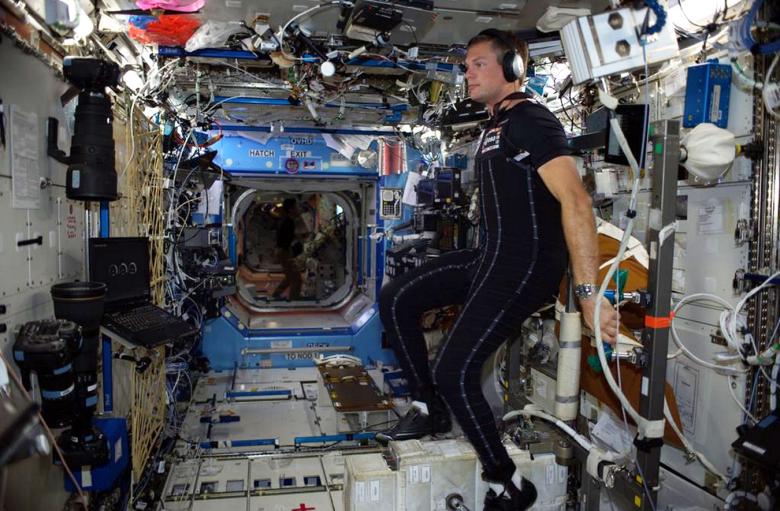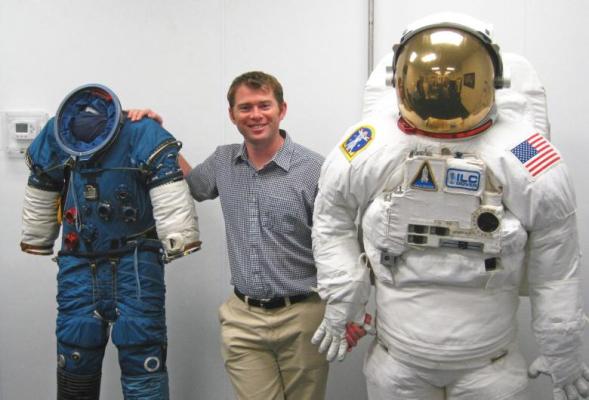The Australian Space Agency’s International Space Investment initiative has funded 10 Australian projects to unlock international space opportunities for Australian industry.
One successful grant recipient, Human Aerospace, will develop the next generation of spacesuits with RMIT University and Cape Bionics.
Their collaboration also includes NASA, the European Space Agency, Massachusetts Institute of Technology.
It will help position Australia among global leaders in compression spacesuit technology.
The effects of being in space
Space travel takes a huge toll on the human body through muscle and bone density loss. Astronauts lose up to 2 per cent bone mass per month.
Dr James Waldie, Director and Chief Engineer at Human Aerospace, has worked on spacesuits for more than 20 years. He is now developing three compression spacesuits, including an intra-vehicular activity (IVA) Skinsuit.
“Our IVA Skinsuit is a gravity loading suit which has had a number of horizons in its development. This suit has already been deployed twice on the International Space Station,” James said. “We wanted to test the suit and see if it was a practical and effective countermeasure to bone loss – and the initial results show it is.”
“We are refining our IVA Skinsuit as well as developing a concept for an extra-vehicular activity (EVA) Spacewalk Skinsuit, and an Earth Suit which could assist athletes in recovery.”
– James Waldie, Human Aerospace

A hypobaric chamber is used for testing Skinsuit gloves for spacewalking
Gravity and the human body
Living on Earth, our bodies need to be strong in order to support our bodyweight and carry us around. When an astronaut goes into space and floats in mircogravity, the body doesn’t need to maintain this strength any longer and there is a decline in the health of their bones and muscles.
“Studies have shown that the body immediately starts purging bone minerals when entering the weightlessness of space,” James said.

Testing of the Skinsuit on the International Space Station (image credit: European Space Agency)
How the Skinsuit works
The Human Aerospace IVA Skinsuit simulates gravity loading, tricking the body into believing it is standing on Earth.
This helps astronauts maintain peak physical condition in space.
In testing the Skinsuit, James’ team at Human Aerospace trialled different ways to replicate what our normal gravity loading is, as well as developing protocols for wearing the Skinsuit.
Human Aerospace must define how much gravity-loading the Skinsuit needs to replicate, and how long an astronaut would need to wear it in a session.
“One idea is that the Skinsuit could be worn while astronauts sleep, effectively loading them up with gravity overnight, and freeing them for work during the day.”
– James Waldie, Human Aerospace
Future Skinsuits
The gravity-loading Skinsuit is the first of three suits that are being developed by Human Aerospace as part of their International Space Investment initiative funding.
Human Aerospace sees potential for this technology to deliver future sportswear to help athletes recover.
“The space suits are a passion, but the technology may also bring added benefits to humans here on Earth,” James said.

